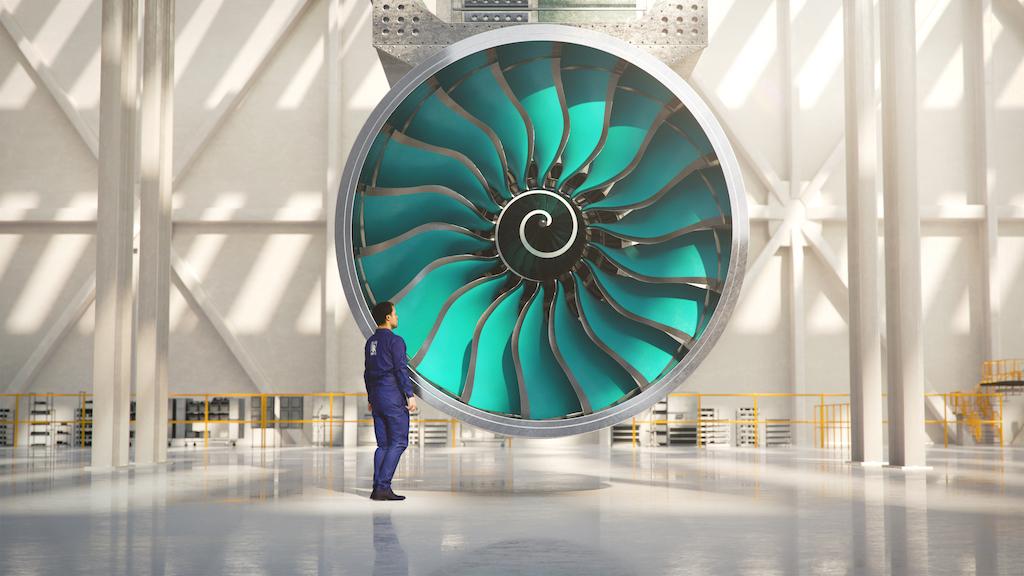
Despite having a handful of key suppliers in China, Rolls-Royce has reported zero impact on its supply chain from the ongoing coronavirus outbreak.
“These suppliers are all back at work, and we have had actually no interruptions in our Civil Aerospace supply chain as a result of the shutdown there,” said chief executive Warrant East on a recent earnings call.
Investors seemed similarly unconcerned, with analysts’ questions focusing largely on Rolls-Royce’s response to Trent 1000 disruption and on the OEM’s aftermarket prospects.
In this latter respect, the British manufacturer was in bullish mood: it expects that contracted engine flying hours will increase by 8-9% in 2020 and that the number of shop visits will rise from just under 1,000 in 2019 to 1,100-1,200 this year.
Rolls-Royce was also keen to highlight the growing profitability of its aftermarket business, with its widebody engine aftermarket cash margin widening from £1.6 billion ($2.1 billion) to £1.9 billion ($2.4 billion) in 2019.
“It's worth reminding ourselves as well that in 2018, our 2022 goal for the aftermarket cash margin was £2 billion, and we're already at £1.9 billion,” said Rolls-Royce CFO Stephen Daintith, adding: “This should grow further as aftermarket flying hours grow, but also as we extend time on wing and the gaps between shop visits.”
However, an extended coronavirus outbreak might disrupt such predictions, especially given that flights that touched China comprised about 20% of Rolls-Royce’s contracted flying hours in 2019.
Perhaps with the coronavirus in mind, one analyst asked: “If I've paid you for a flying hour, is there any way I can get the money back from you?”
“Not typically,” said Daintith, adding: “Even if the airline stopped flying the planes forever the cash is still our cash contractually.”





